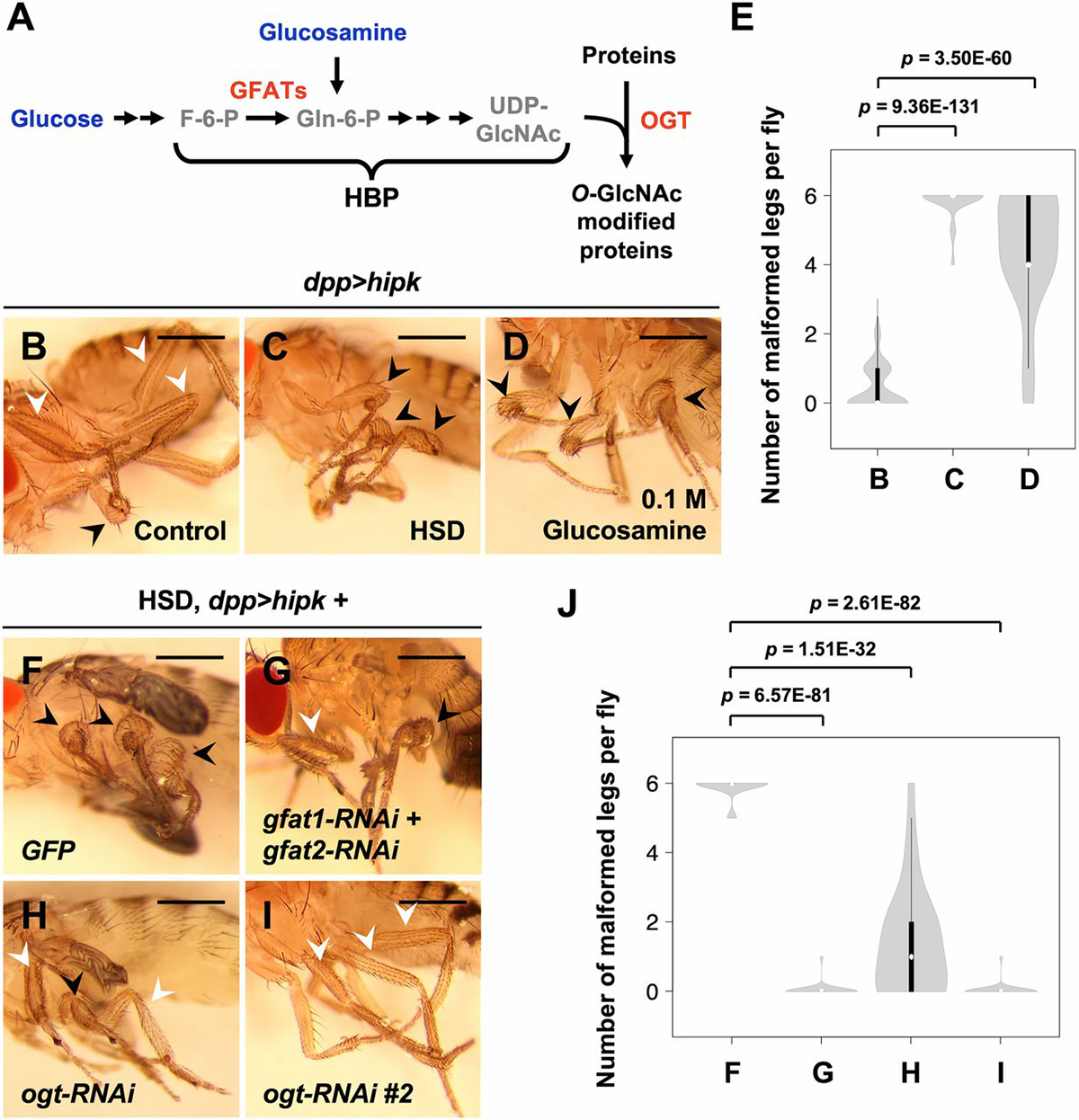
 中央研究院 生物化學研究所
中央研究院 生物化學研究所
Environmental cues such as nutrients alter cellular behaviors by acting on a wide array of molecular sensors inside cells. Of emerging interest is the link observed between effects of dietary sugars on cancer proliferation. Here, we identify the requirements of hexosamine biosynthetic pathway (HBP) and O-GlcNAc transferase (OGT) for Drosophila homeodomain-interacting protein kinase (Hipk)-induced growth abnormalities in response to a high sugar diet. On a normal diet, OGT is both necessary and sufficient for inducing Hipk-mediated tumor-like growth. We further show that OGT maintains Hipk protein stability by blocking its proteasomal degradation and that Hipk is O-GlcNAcylated by OGT. In mammalian cells, human HIPK2 proteins accumulate posttranscriptionally upon OGT overexpression. Mass spectrometry analyses reveal that HIPK2 is at least O-GlcNAc modified at S852, T1009, and S1147 residues. Mutations of these residues reduce HIPK2 O-GlcNAcylation and stability. Together, our data demonstrate a conserved role of OGT in positively regulating the protein stability of HIPKs (fly Hipk and human HIPK2), which likely permits the nutritional responsiveness of HIPKs.
